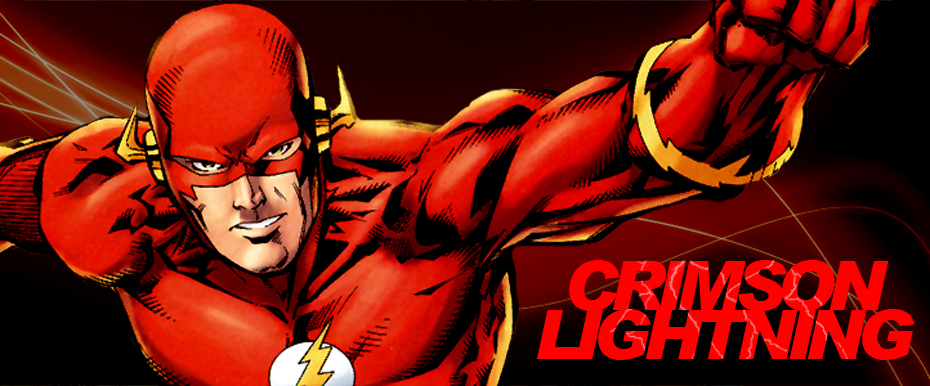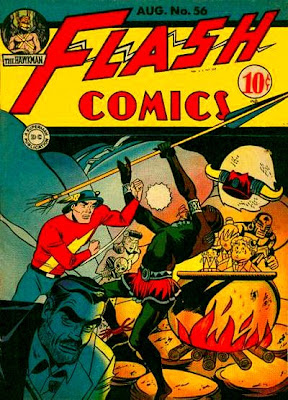 “Twin Streaks”
“Twin Streaks” (April 13, 1991)
Writer: Stephen Hattman
Director: James A. Contner
Editor: Bill Zabala
Synopsis: When the scheming scientists of the Intellagen Corporation encounter difficulties in their misguided efforts to artificially grow a super-speed human replicant, they seek a solution in the stolen DNA of the Flash. Their experiments thus give birth to Pollux, an imperfect clone of the fastest man alive that possesses all of his astonishing superpowers but none of his maturity. Pollux is a hyperactive delinquent with the intellect of a child and, desperate to gain a sense of identity, the clone recklessly attempts to claim the life of Barry Allen as his own!
Commentary: The scarlet speedster faces off against a cerulean comet in “Twin Streaks,” an episode that undoubtedly draws its inspiration from all those comic book tales featuring the Flash’s various dark doubles. “Twin Streaks” is a lot of fun, allowing John Wesley Shipp to play both an over-stressed Barry Allen and his dangerously underdeveloped twin. The adventure that unfolds is well-plotted and fast-paced, maintaining a level of high drama throughout. Of course, with more than one speedster on hand, there’s a lot of action and special effects spectacle to be witnessed as well. The silver and blue costume created for Pollux, with its bold Mercurial logo, looks fantastic. More importantly, the mythology-linked character is developed in interesting and sometimes unexpected ways. Though the figure of a childish, petulant, super-powered clone is the sort that could easily become an annoyance, the script wisely prompts Pollux to continually shift and develop, never allowing him to stand still and become stagnant. Guest stars Lenny Von Dohlen and Charley Lang provide menace and moral quandaries as Brassell and Whitcomb, the minds behind Intellagen, although the script fails to develop their conflict in any meaningful way. It’s also astonishing that there is no attempt made to capitalize on a certain twist inherent to the episode’s premise; after cloning the Flash, Brassell is aware of the superhero’s secret identity, but the episode completely ignores this as a potential subplot. The supporting cast is outstanding. In particular, there are several strong scenes involving Alex Desert as Julio and Mike Genovese as Lt. Garfield. The tension mounts during moments like these, full of character conflict. It becomes eerie and unsettling to watch Pollux play at being Barry Allen, attempting to usurp his genetic progenitor and appropriate his life. Because of this uneasy exploration of themes relating to identity and individuality, by the end of the episode there is something downright frightening about the cloned character. Unfortunately, the story opts for an uninspired finish, setting up a tragic end for Pollux and playing on the audience’s pity. Truly, because this memorable installment possesses such potential and opportunity, the great disappointment of “Twin Streaks” is the fact that Pollux was not developed as the television series’ own Reverse Flash.
High-Speed Highlight: In a feat of superhuman biology triumphing over ballistics, Pollux whirls to catch a bullet fired by scientist Jason Brassell before then winding up to hurl the projectile back with equal speed, killing his creator!
Quotable: “Tina, I watched myself die. It really brought home what you’ve always tried to make me understand, that I am only a man. And like all of us I am on a journey of a birth, a life, and a passing. Does that make any sense?” --Barry Allen comes to terms with his own fallibility and mortality after witnessing the death of his clone






















